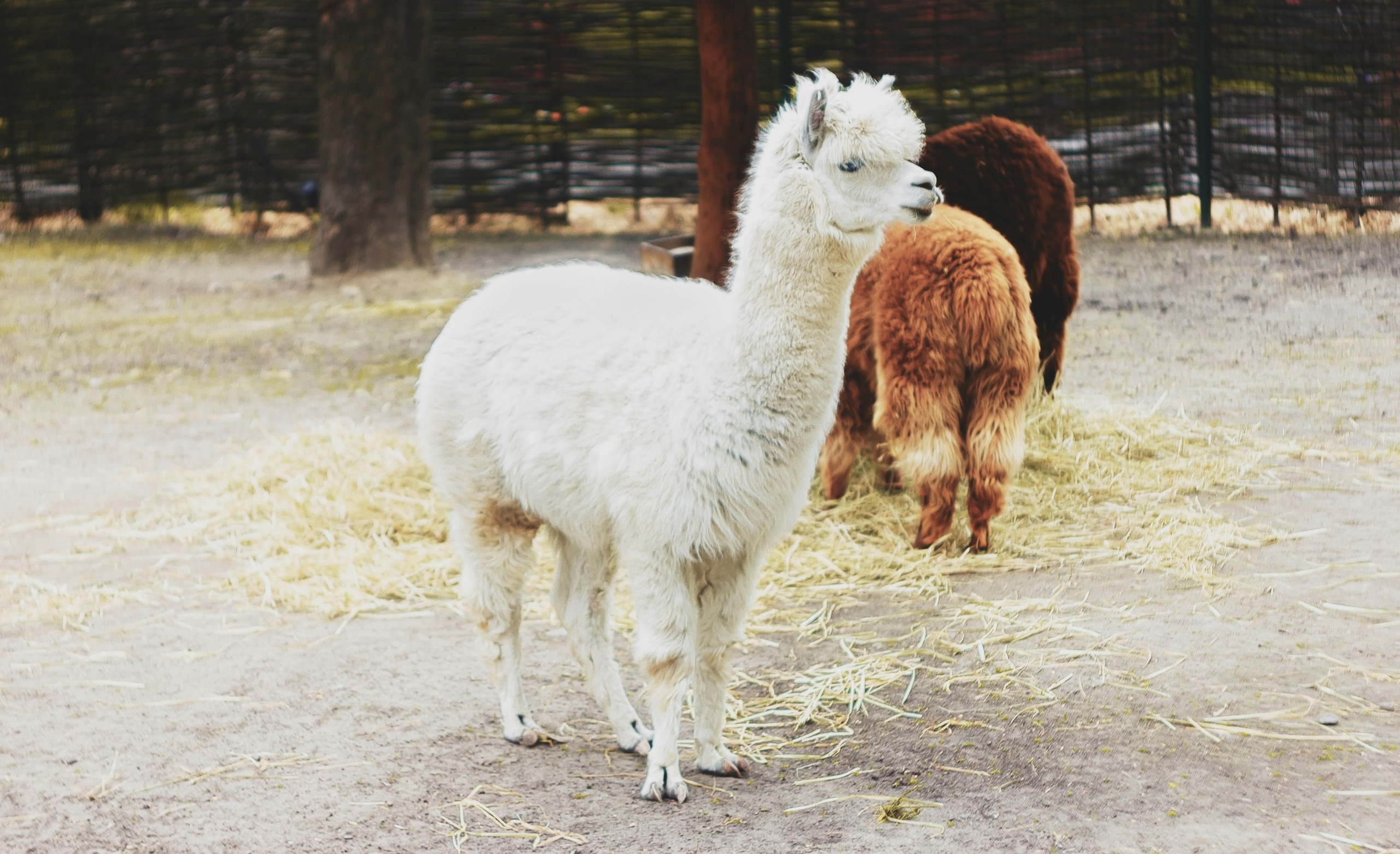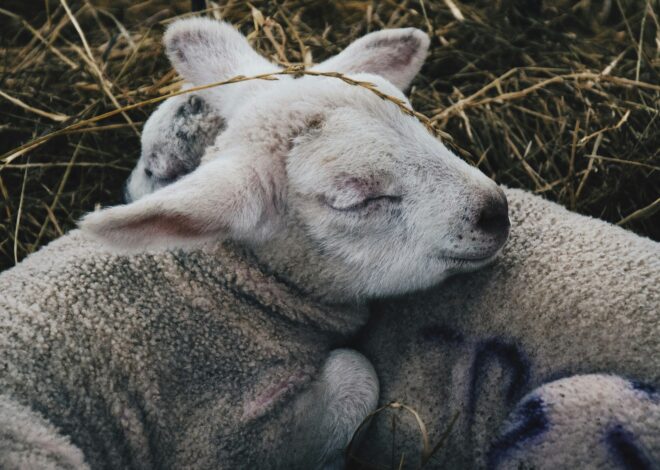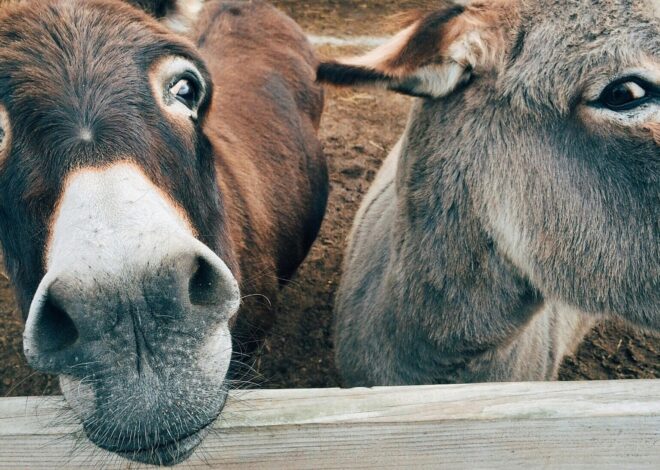
How To Raise Alpacas
Welcome to our guide on how to raise alpacas. Alpacas have taken the farming world by storm, and it’s easy to see why. These charming creatures, with their soft fleece and gentle demeanor, bring a unique appeal that captivates both seasoned farmers and city dwellers alike.
If you’ve ever dreamed of raising your own herd of alpacas or simply want to learn more about these fascinating animals, you’re in the right place! From their quirky personalities to the myriad benefits they offer—such as fiber production and companionship—there’s so much to explore when considering how to raise alpacas.
But before diving headfirst into this rewarding venture, it’s essential to understand what it entails. Let’s embark on this journey together and uncover everything you need to know about raising alpacas!
The Appeal of Alpacas
Alpacas are undeniably charming creatures. Their gentle nature and curious personalities make them a joy to be around. With big, doe-like eyes and soft fleece, they effortlessly capture hearts. Many people are drawn to their unique looks and friendly demeanor.
Unlike some livestock, alpacas tend to be social animals that thrive in groups. They interact playfully with one another, offering an entertaining spectacle for anyone who watches. Their calm temperament makes them suitable for families and farms alike. Children can safely engage with these animals under supervision, creating lasting memories.
Additionally, alpaca fiber is prized for its warmth and softness. Craft enthusiasts appreciate the luxury of working with this natural resource. Raising alpacas also brings a sense of connection to agriculture and sustainability. This fosters a deeper appreciation for the land while promoting eco-friendly practices in farming endeavors.
Benefits of Raising Alpacas
Raising alpacas offers a multitude of benefits that appeal to both hobbyists and serious farmers. These gentle creatures are known for their soft, luxurious fleece, which can be spun into high-quality yarn or crafted into various textiles. Beyond fiber production, alpacas are easy to care for.
They require less feed than traditional livestock and have minimal space needs, making them perfect for smaller farms or homesteads. Alpacas also thrive in social settings. Their friendly nature fosters community bonding among owners and can even provide companionship to other animals on the farm.
Financially speaking, there is potential for profit through the sale of fleece, breeding stock, or handmade products. Alpaca farming creates an opportunity for a sustainable income while engaging in a fulfilling lifestyle choice.
Moreover, raising alpacas encourages environmental stewardship as they graze gently on pasture without damaging the land.
Important Considerations Before Starting
Before diving into the world of alpacas, it’s crucial to assess your commitment. These charming creatures require time and attention. Are you ready for the daily responsibilities? Consider your space. Alpacas thrive in a spacious environment with room to roam and graze.
Ensure you have enough land to support their needs. Research local regulations too. Zoning laws can influence whether you can keep livestock on your property. Knowing these rules helps avoid future complications. Think about costs as well—initial purchases, feed, veterinary care, and fencing add up quickly.
Make sure you’re financially prepared for this investment. Connect with experienced alpaca owners or join community groups online. Their insights could save you from common pitfalls and guide you through the learning curve effectively.
Getting Started: Choosing the Right Farm and Alpacas
Choosing the right farm is crucial for raising alpacas. Look for a location with ample space, preferably at least two acres per herd of five to six animals. Alpacas need room to roam and graze. Consider accessibility to water sources and proximity to veterinary services.
A gentle slope can help with drainage, preventing muddy conditions that could lead to health issues. When selecting your alpacas, research different breeds like Huacayas or Suri. Each has unique fleece qualities and temperaments suited for various purposes. Look for healthy specimens from reputable breeders.
Ask about their breeding practices, genetic history, and any health screenings performed on the animals. It’s wise to start small; a couple of females along with one male will give you a manageable introduction into this fulfilling venture while allowing you time to learn their behaviors and needs without feeling overwhelmed.
Shelter and Fencing Requirements for Alpacas
Creating a safe environment for your alpacas is essential. They require shelter that protects them from harsh weather conditions. A simple three-sided barn can provide adequate protection against rain, wind, and extreme temperatures.
Fencing is equally important. Alpacas are curious creatures but relatively timid. Strong fencing keeps them secure while allowing them to roam freely within their designated area. Stock fencing combined with barbed wire or electric tape works well to prevent escapes and deter predators.
Ensure the pasture has sufficient space for grazing and exercise; around 200 square feet per alpaca is ideal. Regularly check fences for any damage or wear, as this helps maintain security. Providing both proper shelter and sturdy fencing will create a comfortable living environment where your alpacas can thrive happily while ensuring their safety in various circumstances.
Feeding and Nutrition
Feeding alpacas requires attention to their unique dietary needs. A balanced diet is crucial for their health and well-being. Alpacas primarily eat grass, hay, and specially formulated pellets. Quality hay should be free of mold and dust. This ensures they get the right nutrients without any harmful elements.
It’s essential to provide fresh water daily. Alpacas need hydration, especially in warmer months or after exercise. Incorporating minerals and vitamins into their diet can prevent deficiencies. Consult with a veterinarian for guidance on what supplements may benefit your herd.
Monitor their weight regularly as obesity can lead to health issues. Keeping an eye on body condition scores helps maintain optimal health. Avoid overfeeding treats like grains or fruits too often; moderation is key! Stick to healthy options that support their digestive systems while keeping them happy and energetic.
Daily Care and Maintenance of Alpacas
Daily care for alpacas involves a routine that ensures their health and happiness. Start by checking on them each morning. Look for any signs of distress or illness, such as changes in appetite or behavior. Feeding is crucial. Provide fresh hay daily, along with pellets specifically formulated for alpacas.
Clean water should always be available; hydration is key. Grooming is another important task. Regularly brush their fleece to prevent matting and remove debris. This not only keeps them comfortable but also helps you monitor their skin condition.
Hoof trimming should occur every six to eight weeks, preventing overgrowth that can lead to pain or lameness. Maintain a clean living environment by removing waste regularly from their shelter and pasture areas. A tidy space supports overall health and well-being among your herd.
Breeding and Reproduction
Breeding alpacas can be an exciting venture for both novice and experienced farmers. The breeding process typically involves selecting a male, or stud, that possesses desirable traits to improve the offspring. Alpacas are induced ovulators, meaning females will breed when they’re ready.
A careful observation of their behavior is essential during this time. Look for signs such as increased receptivity and humming sounds to determine when a female is ready to mate. Gestation lasts about 11 months. During this period, providing proper nutrition is crucial for the health of the mother and developing cria (baby alpaca).
Once born, cria require immediate attention. They should stand and nurse within a few hours after delivery. Monitoring their growth ensures they receive adequate care in those critical early days. Breeding not only adds joy but also allows you to cultivate specific traits in your herd over time.
Health Concerns and Common Illnesses in Alpacas
Alpacas are generally hardy animals, but like all livestock, they can face health challenges. Regular check-ups and a keen eye on their behavior are essential. One common illness is parasites. Internal parasites can lead to weight loss and lethargy. Routine fecal tests help manage these risks effectively.
Another concern is pneumonia, especially in younger alpacas or those stressed by environmental changes. Signs include coughing and nasal discharge; prompt veterinary care is crucial. Skin issues, such as fungal infections or mites, also occur. Keeping their living area clean reduces the risk of outbreaks.
Vaccinations play a vital role in preventing diseases like clostridial infections. Ensure your vaccination schedule aligns with veterinary recommendations for optimal protection. Monitoring diet and stress levels contributes significantly to overall health. A balanced diet paired with a calm environment helps keep your alpacas thriving.
Selling Alpaca Products for Profit
Selling alpaca products can be a lucrative venture for those passionate about these charming animals. The most sought-after items are their luxurious fleece and yarn, known for softness and warmth. You can transform raw fleece into beautiful garments or accessories like scarves, sweaters, and blankets.
Handcrafted items often attract premium prices due to their quality. Consider offering alpaca fiber through online platforms or at local craft fairs. Building an Instagram or Etsy shop allows you to showcase your products effectively. Moreover, educational workshops on spinning or knitting with alpaca fibers can draw in crowds while promoting your brand.
Diversifying income streams is essential; selling live animals for breeding purposes also presents profit opportunities. With the growing interest in sustainable farming practices, there’s never been a better time to dive into this niche market!
Common Misconceptions About Raising Alpacas
Many people believe that raising alpacas is the same as having cattle or sheep. This isn’t true. Alpacas are much smaller and require different care routines. Another common misconception is that they don’t need much attention.
While these creatures are relatively low-maintenance, they still thrive on human interaction and socialization with their herd mates. Some think alpacas can survive on just pasture alone. In reality, they need a balanced diet of hay, grains, and minerals to stay healthy.
There’s also a myth that all alpacas produce high-quality fiber. Fiber quality varies significantly among breeds and individual animals. Many assume you can breed them easily without knowledge or planning. Breeding requires research and understanding of genetics to ensure healthy offspring.
Conclusion: Why Raising Alpacas is a Rewarding Experience
Raising alpacas offers a unique blend of joy, responsibility, and opportunity. These gentle creatures are not only adorable but also provide numerous benefits for their caretakers. Whether you’re drawn to them for their soft fleece or as companions on your farm, the experience can be incredibly fulfilling.
Caring for alpacas allows you to connect with nature while learning about animal husbandry. The daily routines of feeding, grooming, and health checks foster a bond that is rewarding in itself. Moreover, the byproducts such as fiber can lead to profitable ventures if managed wisely.
As you embark on this journey, remember that patience and dedication are key. Each alpaca has its personality and quirks which enriches the experience even more. The community surrounding alpaca farming is welcoming and supportive, offering shared knowledge and camaraderie.
Whether you’re considering raising one or several of these charming animals, you’ll find it’s an adventure worth undertaking—one filled with laughter, growth, and perhaps even some unexpected surprises along the way!



